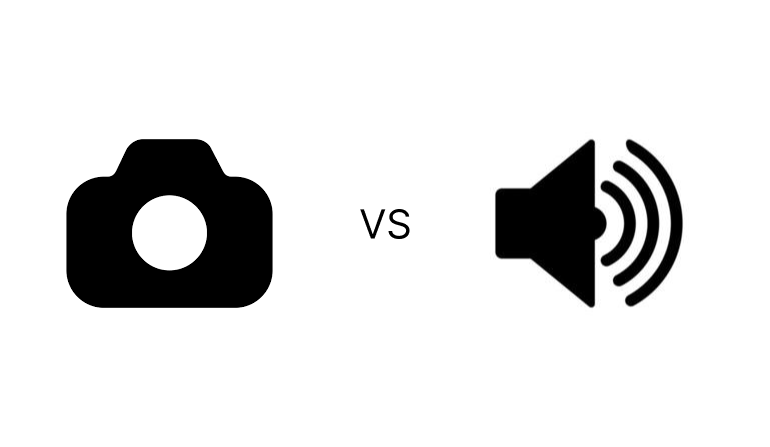The challenges posed by the ever-increasing volume of waste require innovative solutions that are not only efficient but also cost effective and environmentally friendly. Modern industrial sorting facilities commonly uses AI Image Classification model, but this solution is not effective for waste management due to its high computing requirements, expensive hardware, and energy intensive process. One solution to this problem is the AI Audio Classifier Recycle Bin. This log will explore the benefits of using Edge AI Audio Classification model compared to a more traditional image classification model for waste management, highlighting how this technology contributes to sustainability and a cleaner urban environment.

1. Cost effectiveness
Edge AI audio classification offers a cost-effective solution for waste sorting. Compared to image-based systems that require high-resolution cameras and extensive computational power, audio classification systems are often more affordable to implement and maintain.
Let’s take an example a PDM MEMS microphone breakout board costs less than $5 (The MP34DT06JTR mic if bulk purchased as SMD Reel can cost less than $1) now compare that to a low cost camera sensor like the 2MP GC2145 which costs more than $7. If a higher resolution camera is required, the cost will increase even more.
Since image classification inferencing requires more clock speed and memory, the hardware to support will also be more costly.
2. Compute requirements and energy efficiency
Edge AI audio classification offers a faster and more efficient waste sorting process compared to image classification. The technology can process and classify items in real-time as they are thrown into the bin, without the need for additional time-consuming steps like capturing and processing images. This efficiency leads to reduced wait times for users and ensures that waste is sorted swiftly and accurately. The Digital Signal Processing and inferencing time for audio is less than it is for image.
3. Accuracy and reliability
One of the primary advantages of using edge AI audio classification for waste sorting is its precision. Unlike image classification, which relies on visual cues, audio classification can discern subtle differences in the sounds made when objects are thrown into the bin. This precision results in a more accurate sorting process. For instance, it can differentiate between a glass bottle and a plastic bottle, even if they look similar, by analyzing the distinct sounds they produce when landing in the bin.
Image classification relies heavily on the appearance of objects, making it susceptible to errors when items are damaged, obscured, or have ambiguous visual features. In contrast, edge AI audio classification is not affected by such limitations. It can accurately identify and sort objects based solely on the sounds they generate upon impact. This non-reliance on visual appearance ensures a reliable and consistent sorting process, regardless of the condition of the waste items.
The AI Audio Classifier Recycle Bin, powered by edge AI audio classification, represents a significant advancement in waste management technology. Its precision, non-reliance on visual appearance, increased efficiency, and cost-effectiveness make it a compelling alternative to image-based sorting systems.
 Samuel Alexander
Samuel Alexander
Discussions
Become a Hackaday.io Member
Create an account to leave a comment. Already have an account? Log In.